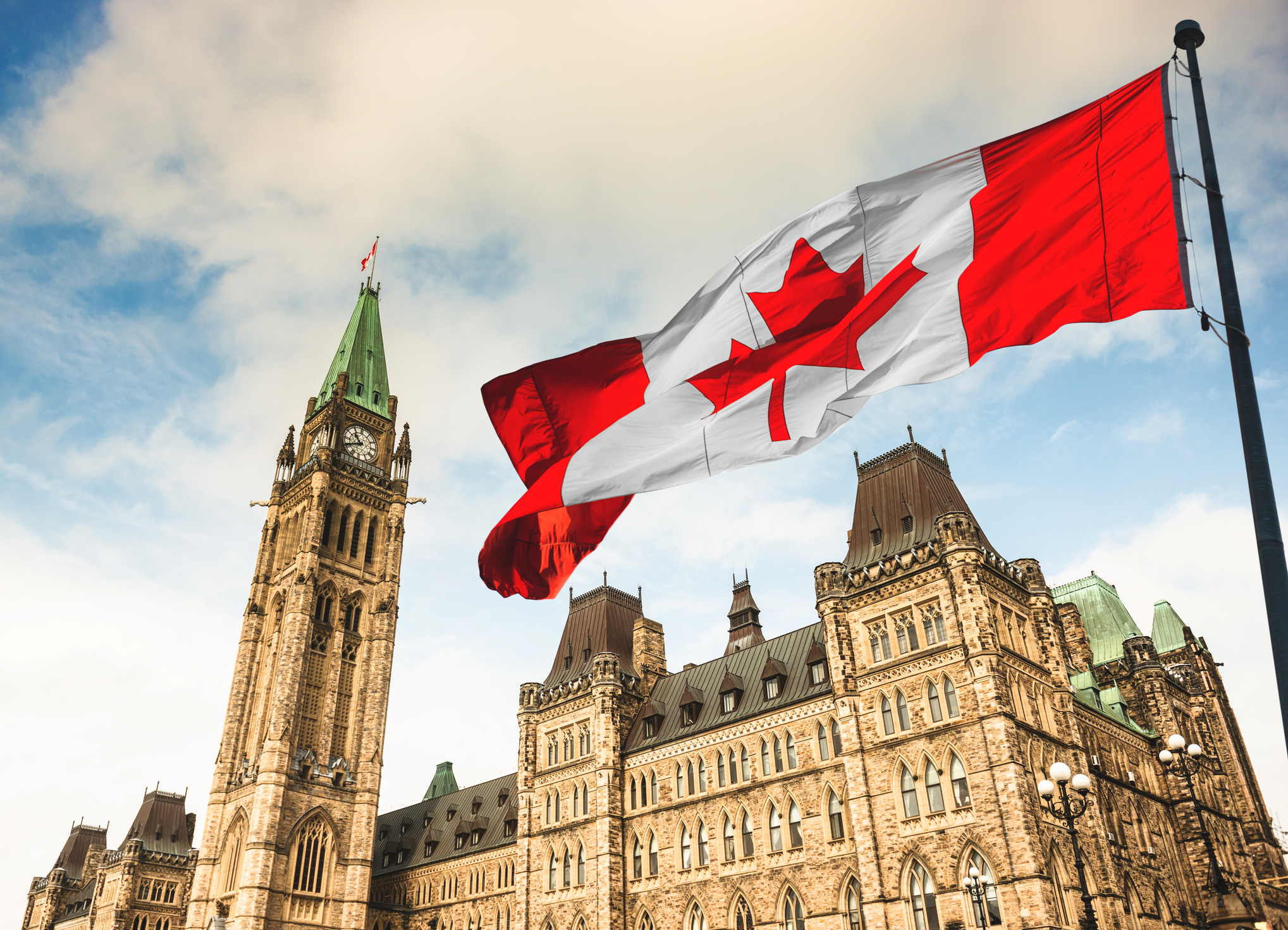Health Canada Nicotine Cap Regulations
R4V Consumer Submission: Marion Burt.

As a senior who escaped from almost four decades of smoking, I am opposed to this proposal.
While the rapid increase in student vaping was alarming, I contend that it was not solely the high level of nicotine in the products introduced to the market in the fall of 2018, when vaping nicotine became legal in Canada. It was unfortunate that those products were able, either through some loophole in the legislation or through lax enforcement, to be sold in convenience stores and gas stations where age-verification was often not as strict as in dedicated vape stores. (Note that dedicated vape stores were tightly regulated in the summer of 2018.) It was also unfortunate that an “epidemic” of youth vaping in the US was publicized to the extent that it became like a dare to Canadian young people who wanted to be a part of the “craze”.
Note that high-level nicotine products had been sold in Canada for years, with no “youth problem”. They were not as popular as those at a lower level, and they were sold in vape stores where the proprietors strove to know their customers and their needs.
There is a need for higher levels of nicotine in e-liquid, for heavy smokers who want to switch to a safer alternative. A smoker is already taking a risk in making the switch: the upfront cost of devices and eliquid is quite high, and the change in habits can be daunting. If the new vaper finds the experience uncomfortable or unsatisfying because of the low level of nicotine delivered, it is far to easy for him or her to trot off to the nearest store for cigarettes.
Already some of these vapers – in British Columbia and Nova Scotia, where this limit has been imposed — are franticly trying to find sources out of their province. They do not want to go back to smoking!
From what I have seen, the 20mg level was set somewhat arbitrarily in the EU — there was no scientific grounding behind it. Note that the EU also set rather arbitrary limits on the size of eliquid bottles, and this served no purpose but to increase plastic waste and make the purchase of supplies less efficient, so they are hardly an example to be followed. Because the UK has ambitious plans to reduce smoking through vaping, movements there are seeking to have the level raised now that Britain does not have to adhere to EU standards.
It is unfortunate that some young people will do anything for a “buzz”. I have seen videos of kids using two devices at the same time to get the effect. However, Health Canada should be serving all Canadians, not just young people who are fool-hardy. If the level is lowered to such an extent, those kids will find something else, like Tide Pods or Fentanyl.
Perhaps a middle ground would be more appropriate and would appease the anti-vaping people who want to see it eliminated. This should be done in real consultation with the people most affected: ex-smokers who now vape and the dedicated vape store owners. They know far more than all the spokespeople for NGOs and PH who have probably never smoked or vaped.
Actually, I question the timing of this proposal. Since most of the young people are in COVID-19 isolation, I’m willing to bet that the youth vaping craze has already died and the same kids have reverted to their parents’ alcohol, cannabis and whatever is in their medicine cabinets.
It would be a shame if heavy smokers were sacrificed because of a youthful craze and a press frenzy that is past its due date.
CLICK HERE to access our webpage. It will just take a minute to keep vapour available to all those who want to quit smoking.




